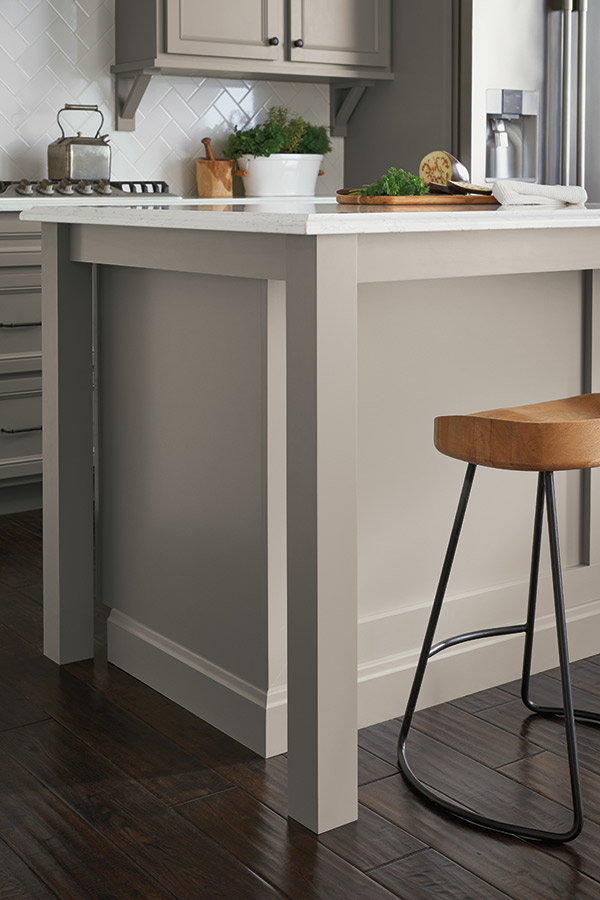Add Stability and Beauty with Durable Legs For Kitchen Island Installments
Add Stability and Beauty with Durable Legs For Kitchen Island Installments
Blog Article
Crucial Factors to Think About When Selecting Legs For Cooking Area Island
Selecting the ideal legs for a kitchen island involves a mindful evaluation of multiple factors that can considerably influence both functionality and aesthetic charm. As we explore these aspects, it comes to be clear that each choice can have far-ranging implications for the overall kitchen experience.
Product Options
When choosing legs for a kitchen area island, understanding the numerous product alternatives is essential for accomplishing both aesthetic appeal and architectural integrity (Legs For Kitchen Island). The choice of material considerably influences not just the durability of the island but additionally its general style and capability
Steel legs, usually made from stainless steel or wrought iron, add a modern-day and industrial feeling while making certain resilience and security. These products are immune to wear and can support considerable weight, making them perfect for larger islands.
One more choice is crafted materials, like MDF or plywood, which can be more economical while still providing a variety of coatings. They might not supply the very same level of stability as solid wood or metal. Legs For Kitchen Island. Finally, materials such as acrylic or glass can produce a contemporary appearance, though they may require extra support to make sure stability.
Eventually, the selection of material for kitchen island legs ought to align with the preferred capability and the overall style of the kitchen.
Design And Style

When considering style, the form and coating of the legs are vital. Tapered legs can supply a sense of agility and elegance, while thicker, much more robust legs can convey toughness and stability. Furthermore, the surface-- be it repainted, discolored, or natural-- need to complement the kitchen cabinetry and countertop products to create a unified appearance.
In addition, the layout of the legs can also show personal preference. Custom-made or ornamental legs, such as those including intricate makings or unique geometric forms, can act as focal factors, adding character and individuality to the kitchen. Inevitably, the ideal option will not just boost functionality yet additionally elevate the visual charm, making the kitchen island a standout function of the home.
Elevation Factors To Consider
Choosing the ideal elevation for kitchen area island legs is important, as it directly influences both performance and comfort. The common height for a kitchen island normally ranges from 36 to 42 inches, lining up with usual counter top heights.

It is additionally important to represent individuals' choices and heights. Personalizing the height can guarantee a comfortable experience for all household members, making the kitchen area island a much more functional and satisfying space.
Weight Support
Making sure adequate weight assistance for kitchen area island legs is essential for both safety and capability. The cooking area island often serves numerous purposes, consisting of cooking, eating, and added storage space, necessitating a durable support framework. When selecting legs, it is essential to take into consideration the total weight capability needed based upon the island's intended usage and the materials that will certainly be positioned on it.
The selection of product for the legs plays a considerable function in their weight-bearing abilities. Strong wood, steel, and sturdy compounds normally give exceptional toughness compared to lighter materials. Furthermore, the layout of the legs-- whether they are right, tapered, or have a pedestal kind-- can affect their capacity to distribute weight properly throughout the structure.
Constantly seek advice from the maker's requirements concerning lots limits to guarantee that the legs can maintain the desired weight without endangering safety and security. In summary, picking kitchen area island legs with sufficient weight assistance is important for producing a secure and functional cooking room.
Setup and Upkeep
Proper installation and maintenance of cooking area island legs are important for ensuring long life and security. This frequently includes protecting the legs to the island base using ideal fasteners, making the original source sure that the legs are level and lined up.
Once mounted, normal upkeep is essential to protect the stability and appearance of the legs - Legs For Kitchen Island. For wood legs, periodic cleansing with a damp cloth and application of suitable timber gloss can stop wetness damages and preserve their surface. Steel legs may call for a gentle cleaning remedy to remove oil and gunk, followed by a dry cloth to stop rust development
Additionally, check the legs on a regular basis for signs of wear or damage, such as cracks or loosened joints. Tightening screws or bolts as required can likewise extend the life expectancy of the legs. By adhering to these installation and maintenance practices, house owners can ensure that their cooking area island stays sturdy and visually appealing for several years to come.
Conclusion

Aesthetic coherence is critical in selecting the style and design of legs for a cooking area island, as these aspects considerably affect the overall ambiance of the room. Tapered legs can give a feeling of agility and style, while thicker, extra durable legs can share toughness and security.Picking the appropriate elevation for kitchen area island legs is important, as it directly impacts both capability and convenience. In summary, choosing kitchen area island legs with appropriate weight assistance is crucial for developing a practical and secure culinary area.
In conclusion, picking legs for a kitchen area island necessitates careful factor to consider click now of different elements, including material alternatives, style, height, weight support, and installation.
Report this page